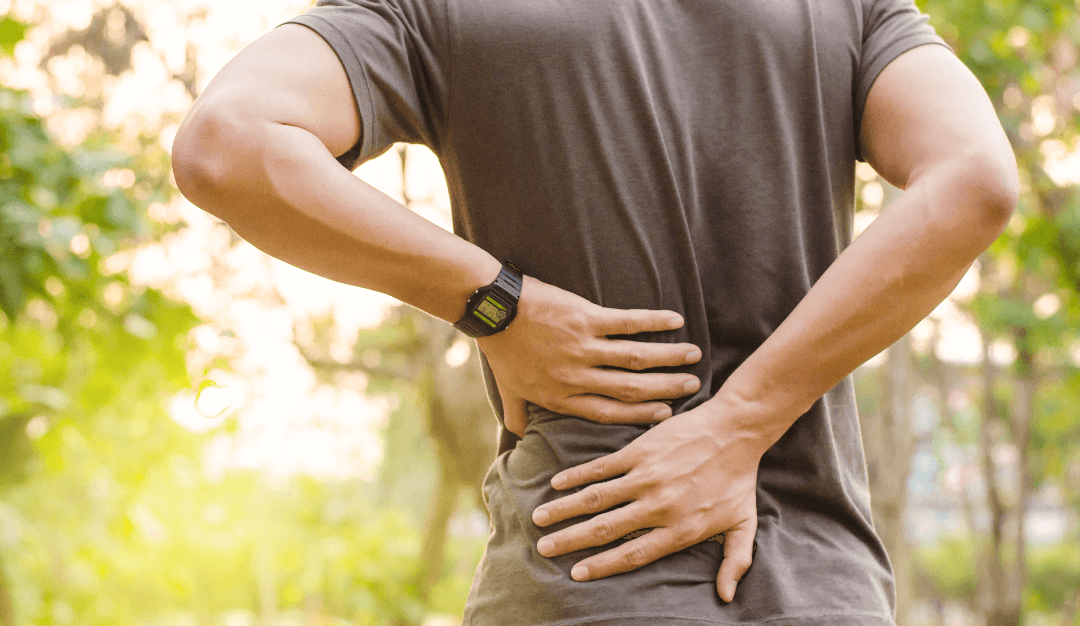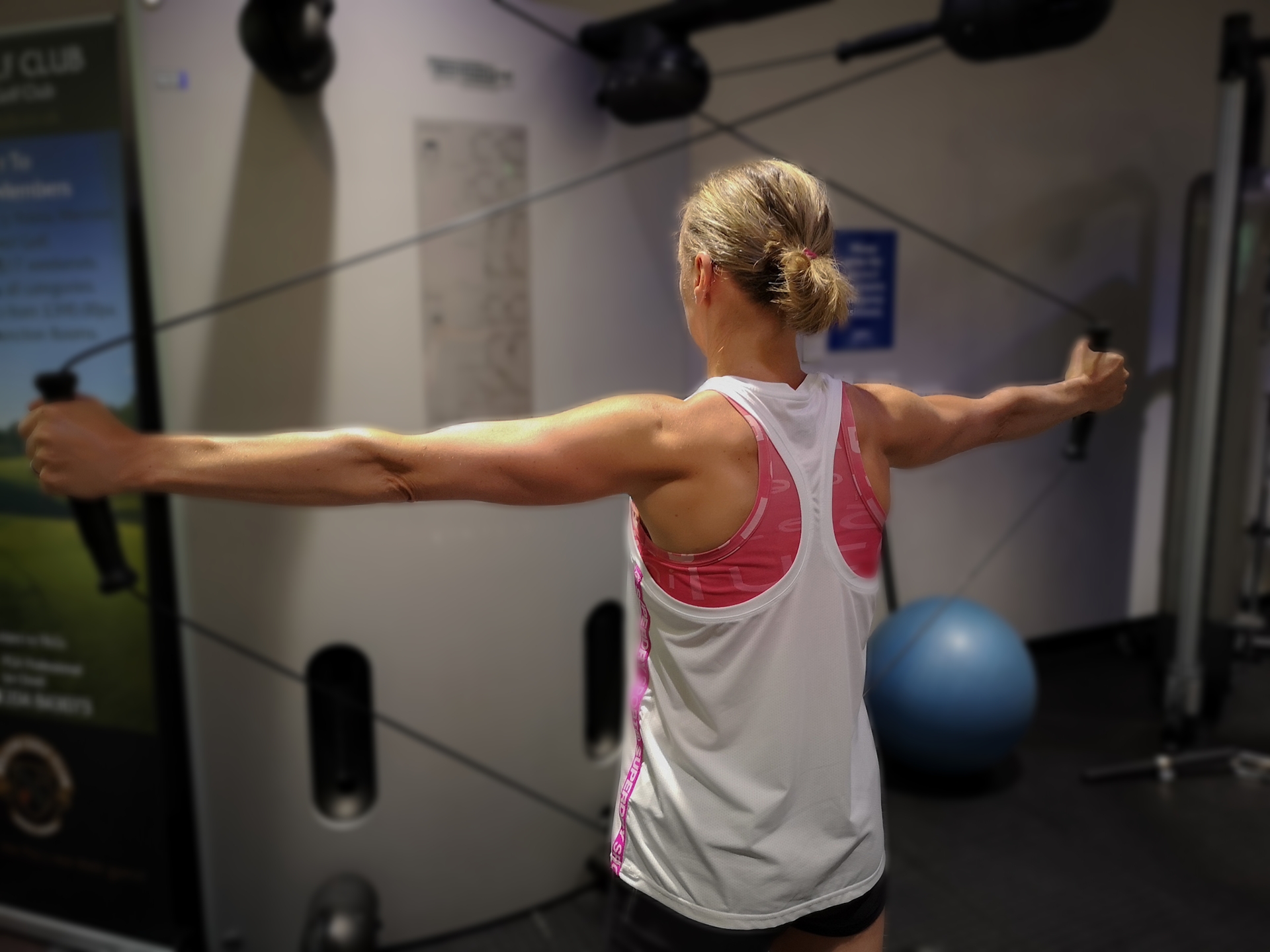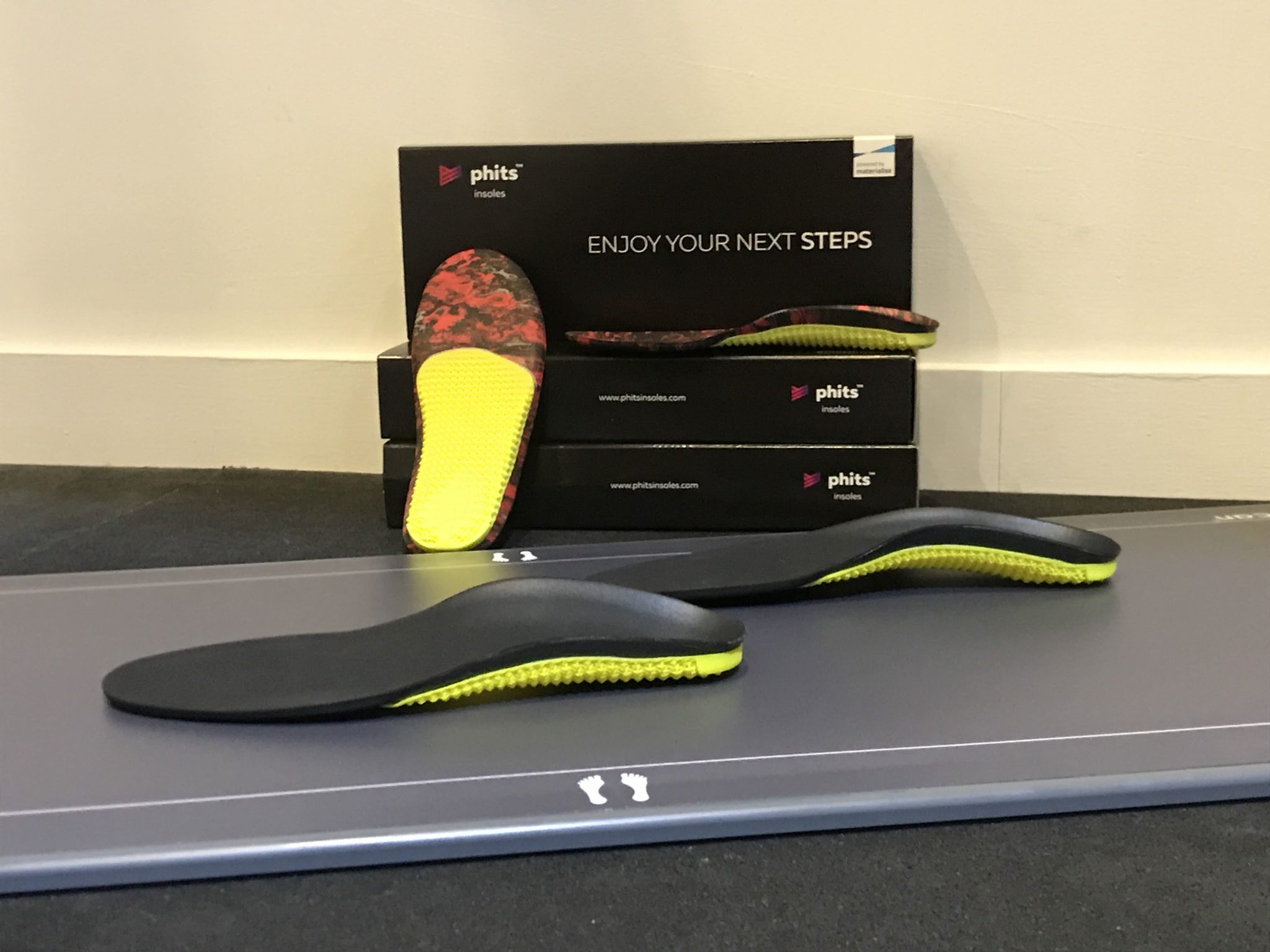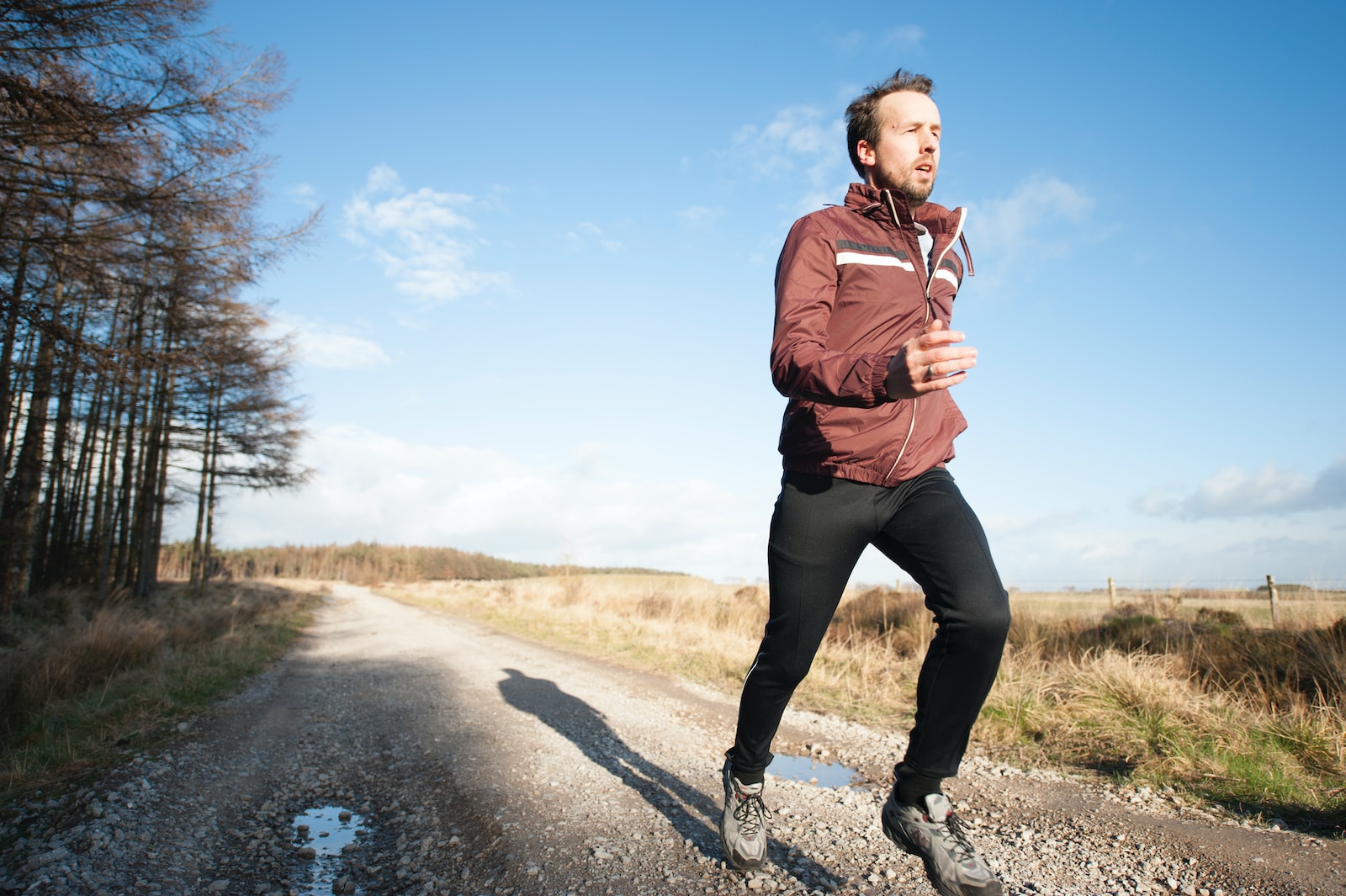Differential Diagnosis of Hip Pain
“The key to treating hip pain is accurate diagnosis. The search for a specific diagnosis in clinical cases of pain in the hip region is guided by an understanding of the large variety of potential causes and by a physical examination focused on the region of the hip and surrounding structures.” Hasan, BA (2012).
It is paramount in clinical practice to take into consideration differential diagnosis of the hip during assessment as hip pain can present not only with restrictions of range of motion but also with numerous painful patterns. It may be acute or chronic, mild or severe, localised or widely distributed, radiate proximally as well as distally and can also be perceived as deep and/or superficial pain. (Hasan BA, 2012).
The aim of this article is to educate on some of the most clinically significant hip conditions that we treat in all our clinics on a daily basis.
Piriformis syndrome
Piriformis syndrome is a neuromuscular condition (one that affects the muscles and their direct nerve control). Here the sciatic nerve is compressed by the piriformis muscle. It is most commonly seen in people who sit for most of the day or those who partake in forward moving sports. Common symptoms are pain in the buttock and outside of the hip which may refer into the back of the leg. Symptoms may be aggravated by sitting for longer than 20 minutes, sitting cross legged with the affected leg on top or standing from sitting for a prolonged period. (Hasan, BA 2012, Lori, A 2008).
Osteoarthritis
Osteoarthritis is the degeneration of the cartilage within the joint. This is the one of the common conditions people like to refer to as “wear and tear”. This is most prevalent within the older population however there are cases in the younger population following a lifetime of impact sports.
Common symptoms patients with hip OA complain of are superficial (near the surface) and deep pain located to the groin as well as the front and back of the hip, the hip can feel stiff in the morning and there may be an increasing loss of range of motion with daily activities such as putting on shoes and socks. Symptoms are increased with activity and ease with rest. (Dieppe,P. 1995 , Hasan, B.A. 2012, Hoeksma, H.L. et al. 2004).
Femoral Acetabular Impingement Syndrome
Pain in cases of femoral acetabular impingement (pinching of the bones at the ball and socket joint) may be sharp and located over the front and outside of the hip.
The symptoms can be increased during pivoting, and can worsen with prolonged sitting. As with most conditions they can gradually worsen over time. There are 3 types of abnormalities at the ball and socket joint that can cause these symptoms, the “pincer” (bony growth on the socket), the “cam” (bony growth on the ball) and a mixture of the two. The different types of abnormality may lead to different patterns of pain in different circumstances. (Kuhlman GS, Domb BG. 2009, Samora JB, Ng VY, Ellis TJ. 2011.)
Tear of the Acetabular Labrum
The labrum is a cartilage rim of the socket joint, which serves the function of deepening the socket. Mild to severe trauma of the hip can contribute to tears of the cartilage. The symptoms of a labral tear include groin pain, catching, clicking or locking of the hip. Examination may be difficult to recreate the symptoms but if the hip is brought towards the chest (flexed) fully, brought across the body (adducted) and rotated internally, pain and catching may be felt.
The best method of diagnosing and treating labral tears is by Hip Arthroscopy (keyhole surgery). The goal of physiotherapy is to reduce hip pain and avoid further cartilage damage by modifying activities of daily living without limiting the level of activity. (Shah A, Busconi B. Hip and pelvis. 2010, Hasan, BA 2012).
Trochanteric Bursitis
Trochanteric bursitis is the inflammation of the greater trochanteric bursa, which is located on the outside of the hip. A bursa is a small fluid-filled sac which forms under the skin, bursae act as cushions between two surfaces that rub against each other helping to reduce friction. The bursa can become irritated and inflamed by repetitive movements over the area, or via trauma.
Common symptoms are pain over the outside of the hip usually increased with uphill walking, going up and down stairs and getting out of a car. Swelling is usually seen over the outside of the hip, along with a sharp pain when applying pressure to the area. (Shbeeb M, Matteson E. 1996, VanWye, MR. 2006, Woodley, SJ. et al. 2008)
Adductor Longus Strain (Groin Strain)
Groin strains are most commonly seen in the adductor longus muscle, which is located on the inside of the leg (femur). The muscle starts at the bottom of the pelvis (pubis) and inserts into the inside of the leg. This muscle draws the leg towards the mid position (adducts) and inwardly (medially) rotates the hip. Groin strains are graded from 1 to 3 depending on the severity of the damage. The mechanism for injury is usually a sudden change in direction when running, or a slip or a fall overstretching the leg.
Common symptoms are pain in the groin area; a dull ache is usually felt at rest and is increased to a sharp shoot with hip movements. Pain is usually felt when walking, changing direction or going up and down stairs. A weakness may be felt in the groin area and pain felt in the groin when going from lying to sitting. (Morelli V, Weaver V. 2005, Nicholas SJ, Tyler TF. 2002, Robinson, P. et al. 2004)
If you think you or anyone else you know has any of the symptoms mentioned above then why not come along and speak with one of our team of clinicians? Or visit our physiotherapy services page.
If you have any questions, please do not hesitate to get in contact on 0800 731 2738 or enquiries@summitphysio.co.uk.
We run Free Injury Advice Clinics at each of our locations which give you the chance to have a quick chat with one of the clinicians; you don’t need an appointment, just drop in!
The times of each of these clinics are posted on the website. You can also follow us for injury advice and prevention on Facebook and Twitter as a company or search for our individual clinics.



